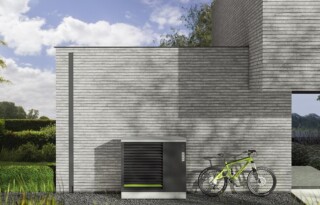Planning to install a heat pump in your home, but not quite sure how they work? Well, you’ve come to the right address. This type of installation is best left to an expert, but the operation of a heat pump is quite simple. Let us explain.
How does a heat pump work?
A heat pump comprises two units; an inner and outer unit. The collectors in the outer unit allow the heat pump to draw energy from the environment. This could come from the air, ground or water. This energy is converted by the pump for the purposes of spatial heating and/or water heating. You could compare it to a fridge, but the other way around. A fridge takes heat from your food and sends it to the rear of the appliance, in order to chill the space inside the fridge. A heat pump uses the heat outside to heat the space inside so you can enjoy a comfortable interior climate and save money.
The environmental heat that has been obtained ends up in a condenser. These tubes are filled with a coolant that boils and condenses at a very low temperature. This creates a gas that is transported to the compressor which super-heats the vapour.
Heating and sanitary facilities
The hot vapour then goes to the condenser. Here, the heat passes into the water which can then serve to provide spatial heating (e.g. in underfloor heating or radiators), but you can also use it to heat sanitary water. The coolant will give off all its heat over time. The coolant then flows from the condenser to the expansion valve, where it cools and the cycle starts all over again.
Why choose a heat pump?
Families and businesses are increasingly installing heat pumps. And rightly so because a heat pump is a great investment in the future. A heat pump is a sustainable alternative for your current heating installations, such as traditional central heating boilers. It is also an efficient addition to both your old and new radiators. This versatility makes them a perfect, sustainable heating solution.
Our safety experts are here for you
Any questions about heat pumps or how they operate? Or maybe you need a heat pump installing? Visit a Vasco dealer near you. They can advise you and help with installation.
